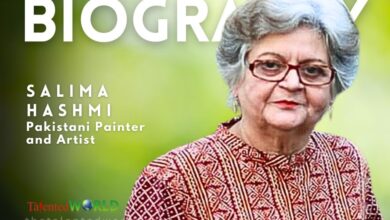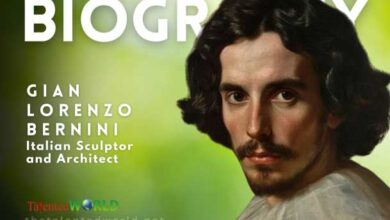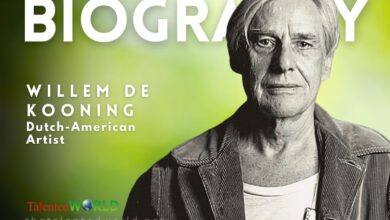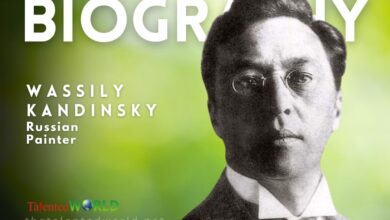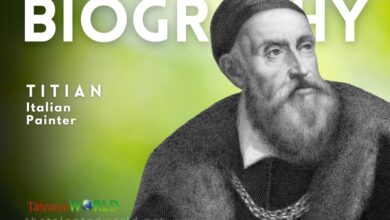| Full Name | Pieter Bruegel (also Brueghel or Breughel) the Elder |
| Date of Birth | c. 1525–1530 |
| Place of Birth | Probably Breda (now The Netherlands) |
| Date of Death | 9 September 1569 |
| Place of Death | Brussels, Duchy of Brabant, Habsburg Netherlands (modern-day Belgium) |
| Known For | Painting, printmaking |
| Notable Works | The Hunters in the Snow, The Peasant Wedding, The Tower of Babel, The Triumph of Death |
| Movement | Dutch and Flemish Renaissance |
| Contribution | Pioneer in presenting landscapes and peasant scenes as large paintings, influential on Dutch Golden Age painting, innovative choices of subject matter |
| Inspiration | Influential in literary arts and cinema, referenced in W. H. Auden’s “Musée des Beaux Arts”, depicted in films by Andrei Tarkovsky and Lars von Trier |


